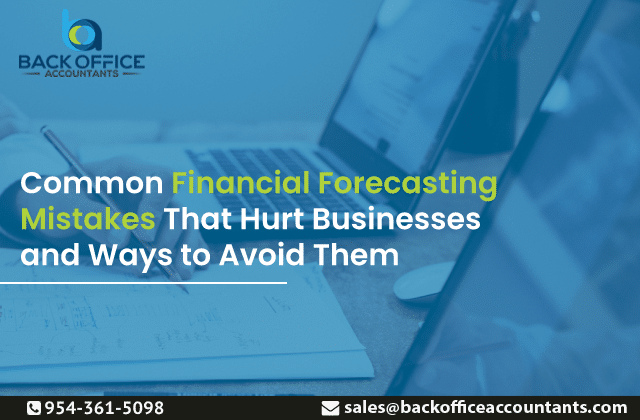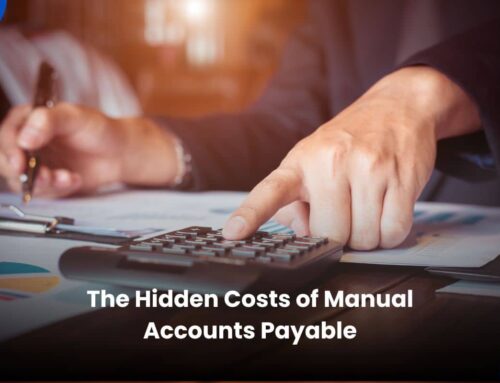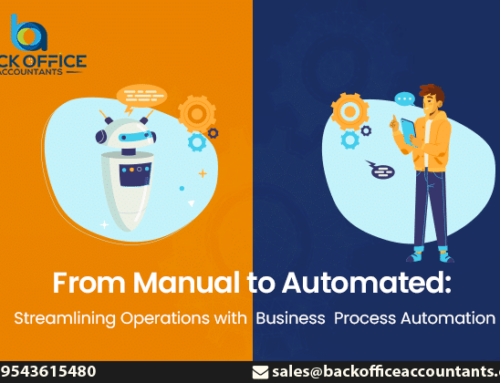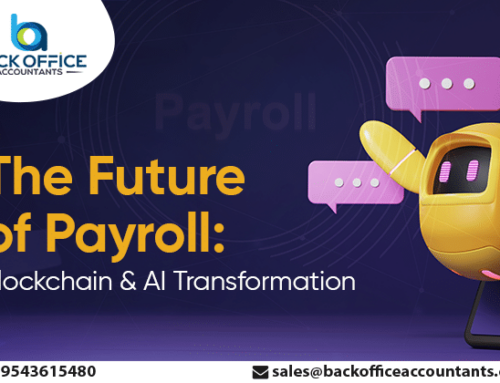Financial forecasting is the quantitative process of predicting or estimating a business’s future performance by analyzing the present and the past of the respective business.
Financial forecasting works as a planning tool to estimate future income and expenses by taking a multitude of factors like historical data, competitive environment, demographic changes, technological advancement and other macroeconomic conditions specific to the business.
Sales and revenue forecast is not the only form of financial forecasting. Cash flow statement and income statement forecasting cost forecasting, and assets & liability forecasting are also performed using financial forecasting methods depending on the goals of the business.
Financial Forecasting and Its Benefits:
An income statement, cash flow statement and Pro-forma balance sheet are three key components that are essential for making financial forecasting. Accurate financial forecasting helps a business set feasible business goals, serves as a navigator and also benchmarks the progress in due course. It helps you plan your finances, manage your cash flow and sharpen your decision making to help you achieve your business goals.
Despite a host of benefits above, not many businesses successfully leverage financial forecasting to sharpen their decision making and drive busy towards feasible goals. Also, the business that tends to employ commit a few mistakes which may reduce the effectiveness or may even defeat the purpose of financial forecasting. In short, some enterprises are yet to leverage financial forecasting and then there are businesses that commit mistakes while doing so. Either way, this blog will help both the category of business.
With the inputs of our accounting experts at Back Office Accountants, we identified and listed 4 common financial forecasting mistakes that businesses must avoid to fully leverage financial forecasting for business success. Read on to know:
List of Common Financial Forecasting Mistakes That Can Hurt Businesses:
Too much reliability of historical data: Historical data is surely a key component of forecasting. But few businesses go rely heavily on historical data and lose sight of current data which can be a mistake. Changes in market trends and technological advances today play a pivotal role in the post-covid world and businesses that focus more on historical data will have their forecasting soiled.
Businesses are advised to work with foresting tools that work on real-time data to tighten the forecasting models. That said, manual data entry and accounting processes can be an obstacle that is too steep to climb in this process.
Leading forecasting efforts with cost-cutting: The most common mistake most businesses make while creating an annual budget is to lead the forecasting by cost-cutting. Reducing expenses does increase the net income but this runs the risk of skewing the forecasting model more important triggers adversarial relationships among the partners. Instead of leading your forecasting models with cost-cutting, it is advised to stimulate better drivers of revenue by understanding the growth opportunities within the business.
Relying heavily on a forecasting tool: The majority of forecasting models are quantitative rely on too much historical data and ignore other qualitative markers while forecasting and this inevitably leads to skewed results and missed chances. A business that relies on forecasting models also tends to ignore these qualitative factors which are key to prognosis.
Forecasting models are only the tools that make the prediction when the right data and variables are fed into them. We advise businesses to take business-specific qualitative factors (data that cannot be measured) into consideration while forecasting.
Manual data entry: No matter how experienced a resource turnout is to be, manual data entry results in mistakes that will have huge repercussions on the forecasting models where the margin of error is narrow. In addition to being mistake-prone, manual data entry is time-consuming and can put more pressure on the accounting department and more importantly may not be compatible with advanced financial forecasting tools that rely on real-time data.
The majority of time is spent on data entry, which leaves inadequate time for analysis, forecasting, and reporting which defeats the purpose of forecasting. A business must work on improving its data management strategy, and invest in automated financial forecasting tools that take manual data entry out of the equation. In case a business is short of resources or investment they can consider taking assistance from remote accounting firms like Back Office Accountants.
As one of the leading remote accounting firms in the business, we specialize in helping small and medium businesses improve their financial and accounting performance by providing full-service back-office accounting services. If you are a business that is looking for assistance with any of your accounting functions and services m our experts at Back Office Accountants can lend a helping hand to fill the gaps for you. You can check out our testimonials here: https://www.backofficeaccountants.com/testimonials/







